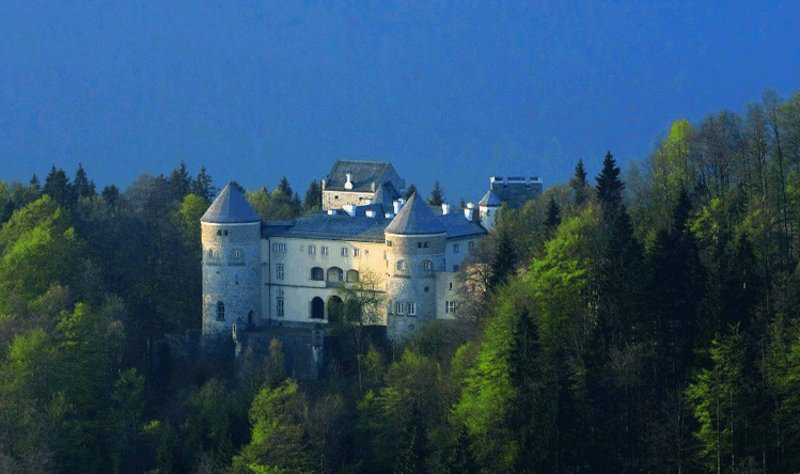Speaker
Description
Helium nanodroplets provide an ideal environment for vibrational spectroscopy due to their extremely low equilibrium temperature ($\sim0.4$ K) and minimal matrix-induced spectral perturbation. Whereas the capture of a neutral molecule in a nanodroplet is accomplished using a pickup cham-ber containing analyte vapor, ions can be captured in helium nanodroplets by instead directing a nanodroplet beam through an ion trap. This experimental approach can be utilized to capture both cationic and anionic molecules ranging in size from tens of Da to several kDa and subsequently probe their structure utilizing vibrational spectroscopy.
To obtain an infrared spectrum of ions in helium nanodroplets, the droplets are irradiated with infrared photons, and the sequential absorption of multiple resonant photons results in evaporation of helium and the production of bare ions. These ions are detected by time-of-flight mass spectrometry, and the infrared spectrum is obtained as the ion signal as a function of the incident photon energy.
This presentation will provide an overview of the experimental methodology as well as the latest application of the technique to both large biomolecules and small model carboxylate systems. Special emphasis will be given to vibrational spectroscopy of carboxylate proton-bound dimers, which exhibit highly anharmonic vibrational transitions in the far-infrared (400-1000 cm$^{−1}$), and fluoroformate, a simple example of reductive derivatization of carbon dioxide that possesses in its infrared spectrum two doublets resulting from Fermi resonance.

